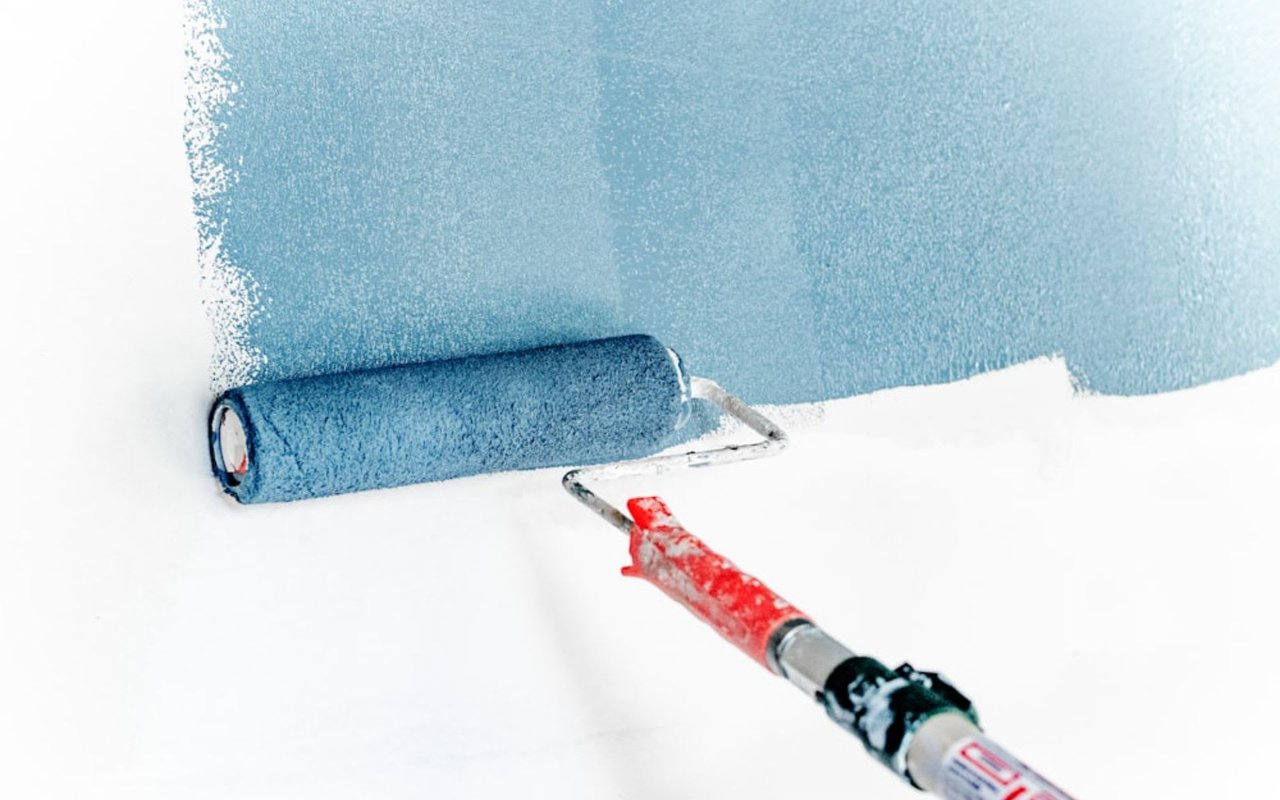Color is a powerful tool in interior design, capable of transforming a space not only aesthetically but also psychologically. Choosing the right paint tones for each room in your Georgetown, TX, home can enhance mood, influence productivity, and create an alluring atmosphere. This comprehensive guide delves into the science of color and provides strategic advice for selecting the perfect hues for every room based on their purpose, lighting, and overall design ethos.
Understanding Color Psychology
Color psychology plays a pivotal role in interior design by influencing how people perceive and interact with spaces. Each color can evoke different emotions and reactions, so it’s essential to consider the mood you want to establish in each room.
-
Blues and Greens: Known for their calming effects, these colors are ideal for restful areas like bedrooms and spa-inspired bathrooms where relaxation is key.
-
Yellows and Oranges: These warm colors are energizing and uplifting, making them excellent choices for kitchens and living areas where you want to stimulate conversation and activity.
-
Reds: Red can evoke feelings of energy and enthusiasm, and it is often used in dining rooms to stimulate appetite and conversation.
-
Neutrals (Beige, Gray, White): Neutral colors offer flexibility and sophistication. They create a subtle backdrop for any room, allowing other elements like furniture and artwork to stand out. Neutrals are particularly effective in offices or modern living spaces for a clean and uncluttered look.
Analyzing Natural Light
The amount and quality of natural light a room receives can significantly impact how a paint color is perceived. Natural light shows the truest color, while incandescent lighting brings out warm tones, and fluorescent lighting casts a sharp blue tone.
-
North-facing rooms: Light in these rooms can appear cooler, so warm colors can help balance the light, making the space feel cozier.
-
South-facing rooms: These rooms receive more intense, warm light, which can enhance cool blues and greens, making them appear brighter and more vibrant.
-
East and West-facing rooms: Lighting changes dramatically throughout the day in these rooms. Soft neutrals can help balance the variations, maintaining a consistent ambiance.
Choosing Colors for Functionality
The function of a room can dictate the color palette you may want to utilize.
-
Bedrooms: Look for calming and restful colors. Soft blues and greens promote relaxation and better sleep, while dark tones like charcoal can create a cozy and comfortable feel.
-
Home Offices: Neutral colors or soft blues can be beneficial for concentration and calmness. Avoid overly vibrant colors that might be distracting.
-
Living Rooms: Warm tones like earthy reds and oranges can make large spaces feel more intimate, while cool neutrals can give a smaller space a more open and spacious feel.
-
Kitchens: Whites and grays can make kitchens feel clean and bright. Consider an accent wall in an energetic color like red or yellow to add a dash of enthusiasm and personality.
Accentuating Architectural Details
Color can also be used to highlight the unique architectural features of your Georgetown home.
-
Trim and Molding: Use contrasting colors to emphasize beautiful trim work or crown molding. Light colors on trims against darker walls can make the details pop.
-
Built-ins: Consider painting built-in bookshelves or cabinets in colors that either stand out against or complement the walls to create a cohesive look.
-
Ceilings: Don’t forget the ceiling! A lighter or darker shade than the walls can add depth and interest to a room. Sky blues on ceilings can mimic the open sky, adding an airy feel to the space.
Practical Considerations for Durability
Choosing high-quality paint that can effectively withstand the local climate is crucial if you want your paint to stand the test of time.
-
Finish Selection: High-gloss and semi-gloss finishes are smooth, durable, and easy to clean, which is ideal for high-traffic areas like kitchens and bathrooms. Matte finishes, while less durable, can hide imperfections in older walls.
-
Quality of Paint: Invest in high-quality paint that can handle frequent cleaning and resist fading from the strong Texas sunlight. High-quality paints also tend to have better pigmentation, giving you richer colors and better results.
Ultimately, choosing the right paint colors for your Georgetown home involves understanding the functional and emotional nuances of each space. Remember, your chosen colors can transform your environment from ordinary to extraordinary, making your home a true reflection of your personal style and needs. If you’re ready to begin your journey in Georgetown, TX, real estate,
The Chris and Kristi Team at eXp Realty is well-positioned to guide you with expert market insight. Reach out to the team today.










